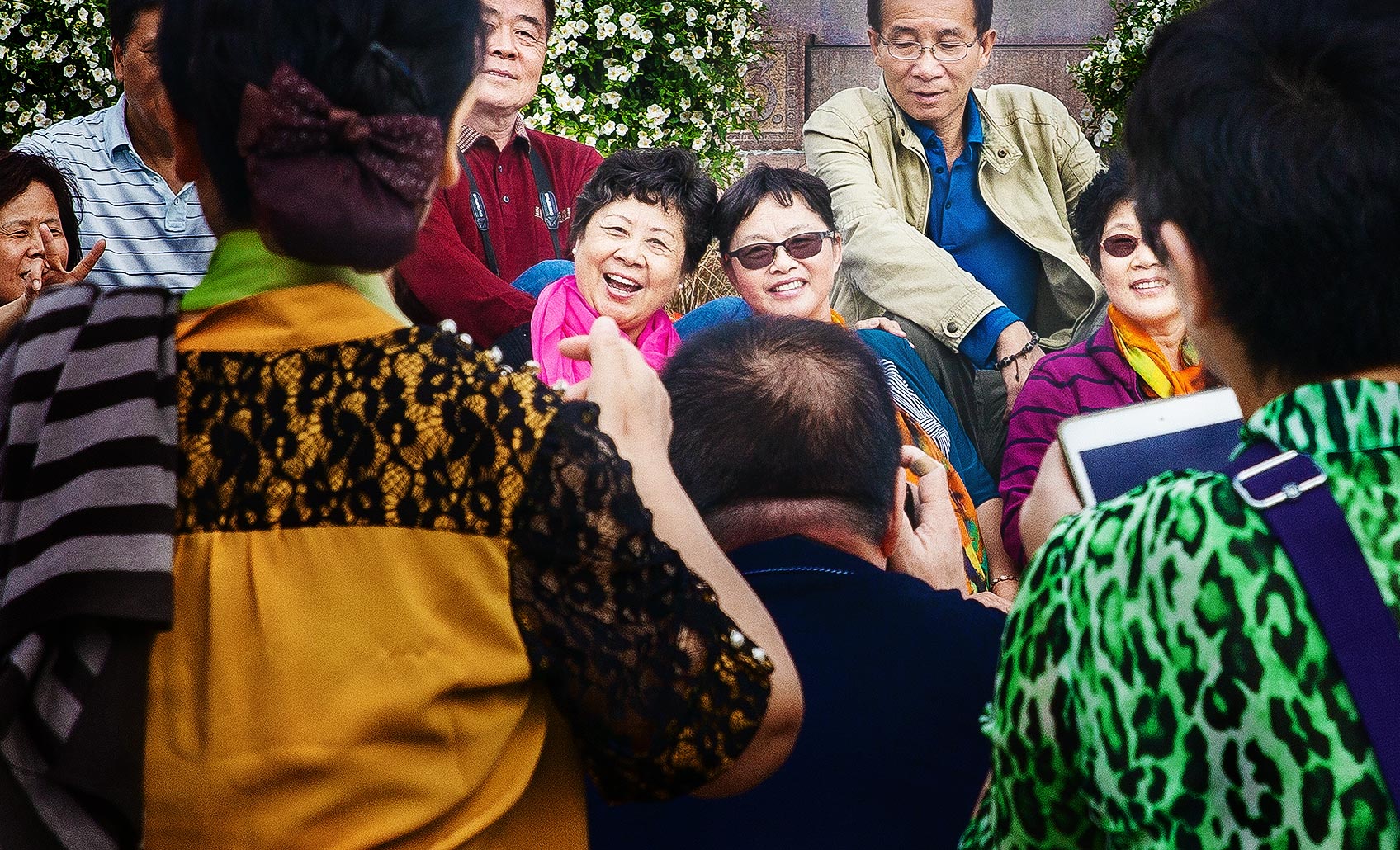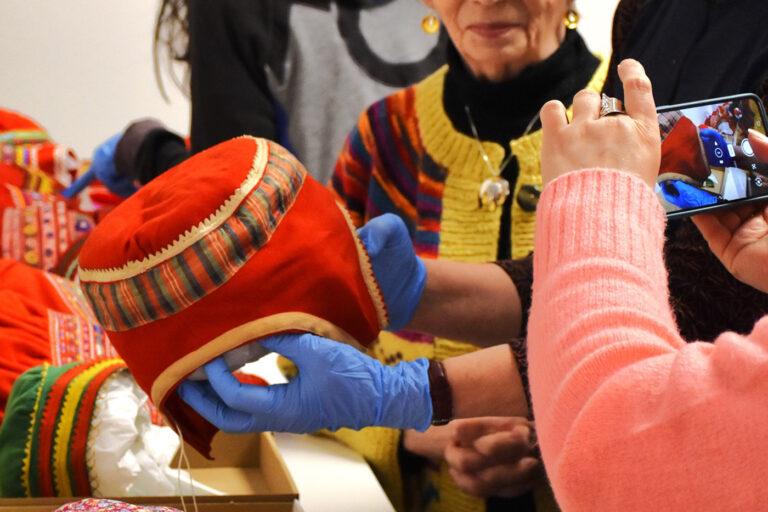Chinese tourists as target group
Yu Guopeng, a student at Åbo Akademi University, has received two grants from the Finnish Cultural Foundation totalling EUR 34,000 for a dissertation on tourism and social media applications.


– The best way to reach Chinese tourists is to use their own social media channels, explains researcher Yu Guopeng.
Between 50,000 and 60,000 Chinese tourists visit Finland every year, and the Chinese are the biggest spenders in their travel destinations. The Chinese often pick their destinations on social media.
– For this reason, Finnish tourist companies, too, should learn how Chinese tourists use social media, says Yu.
– Social media in China is very different from Western social media because it is under strict state control. Nevertheless, Chinese tourists use it more or less in the same way as Westerners.
Facebook and Twitter, which are familiar to Finns, are banned in China, but the Chinese have their own channels, some of which are even more influential than their Western counterparts. The most popular of them is WeChat, which resembles Facebook.
– The Chinese know little about the sites used in the West, and for this reason publishing information on them is futile even if the content is excellent. For example, YouTube videos are useless because the whole channel is banned in China.
Translating company websites or Facebook updates into Chinese is therefore not practicable, and tourist companies should have a presence in the services used in China. Links to other sites rarely function, which means that they, too, are of little use.
It would better to encourage Chinese tourists to talk about Finnish destinations in their own channels than to produce updates in Chinese.
– Chinese tourists trust stories appearing on WeChat, and information spread by word of mouth is very important to them. Communication in WeChat is mainly between friends and family members, and their recommendations are trusted.
According to Yu Guopeng, tourists should be encouraged to share their experiences and those who post updates should be rewarded.
– Many people are lazy when travelling and do not post any updates afterwards even if they liked the place, while others are too shy to share their stories.
Rewards also encourage people to say more and in a more interesting manner. The rewards could be in the form of gift vouchers.
People could also be offered suggestions for updates, or they could be urged to pick the things that interested them most in the destination. The important thing is to have tempting updates.
– I have noticed in my research that the credibility of previous updates and service ratings used to be important. Creating interest is now the top issue, and the updates must also be appealing, explains Yu Guopeng.
– When consumers get interested, they ask further questions about prices, locations and so on.
Photos by Harri Tahvanainen



